Science news in brief: From chatting cells to birds changing their songs
And other stories from around the world
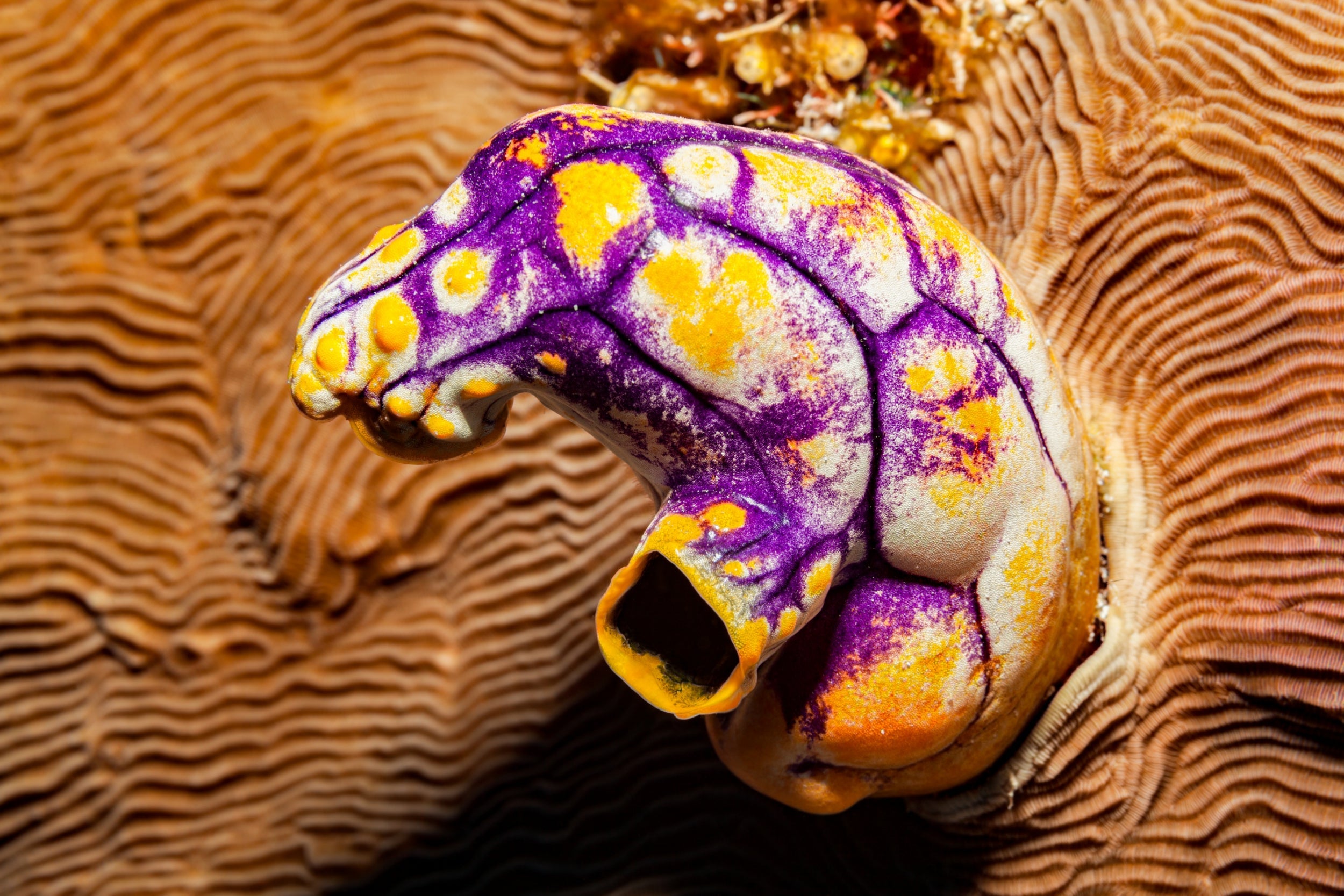
Growing up with the volume turned down low
Building a body from scratch is a daunting task, one that requires careful coordination among all those involved. That’s why nature’s starting stuff – cells – have learned to be remarkably chatty to get the job done right.
Decades of experiments on embryos from fish, frogs and mice have painted a general picture of the way these cellular conversations often go. Cells will emit molecular signals that can diffuse deep into their environment, not unlike messages broadcast over radio waves. But nature has developed subtler ways of sending messages, too.
By eavesdropping on the embryos of sea squirts, saclike filter feeders that inhabit shallow ocean floors, a team led by the Berlin-based biologist Leo Guignard may have identified another way that burgeoning cells correspond. During their earliest days, sea squirt cells exchange signals only with their nearest neighbours, rather than dispatching signals to cells farther afield, according to a new paper published in Science.
It’s the microscopic equivalent of passing notes between close friends – a tactic that could allow for the delivery of very precise instructions.
Sea squirts are more closely related to vertebrates – animals like humans with backbones – than you might expect from brainless blobs. And the embryos of some sea squirt species, such as Phallusia mammillata, are completely transparent, making them especially easy to observe.
The researchers used a highly sensitive form of microscopy to track 10 Phallusia mammillata embryos during six hours of their early development. Snapping images every two minutes, the cameras recorded the position and shape of each cell in the embryo through multiple rounds of division, until the sea squirts-to-be each contained several hundred cells apiece, about a third of the way through development.
The findings raise the possibility that “you can be a whole, sophisticated embryo” by way of local signals alone, said Patrick Lemaire, a developmental biologist at the University of Montpellier in France and a co-author of the study.
Scientists have long “looked for a unifying view of how cell-cell communication works across animals,” said Didem Sarikaya, a developmental biologist at the University of California, Davis, who wasn’t involved in the study. But it’s becoming increasingly clear that is not the case, Sarikaya said.
“We tend to observe the things we have already known about before,” said Cassandra Extavour, a developmental biologist at Harvard University who wasn’t involved in the study. But “if we understand this lens is very narrow, we might not be surprised by findings like this.”
Katherine J Wu
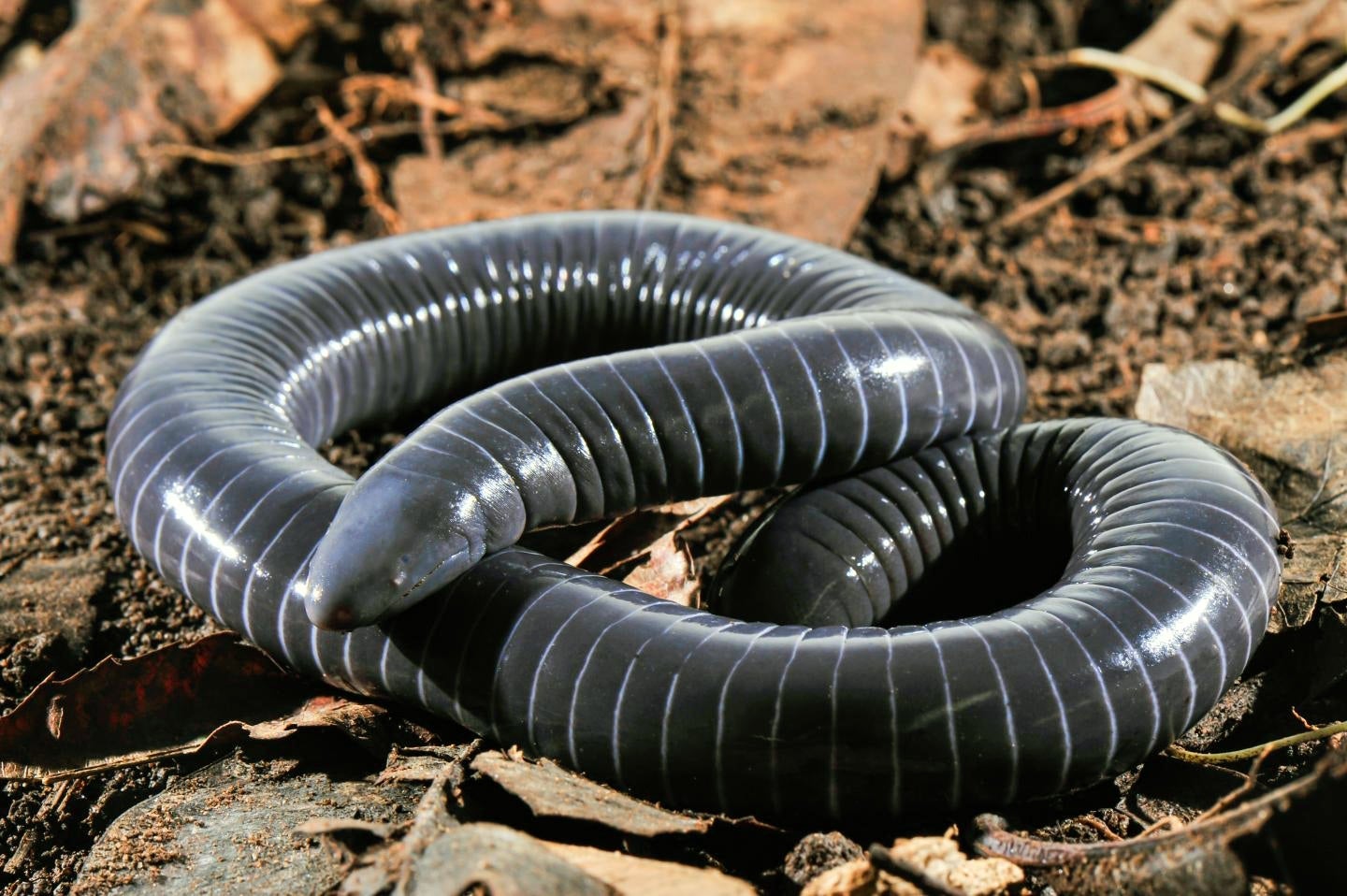
A snakelike creature with a venomous bite
If a worm and a snake had a scandalous love child, it might look like a caecilian: a creature that’s actually neither worm nor snake, but a soil-dwelling amphibian found in tropics across the globe.
Content to spend most of their time beneath the forest floor, caecilians are elusive and poorly understood. Which is why Carlos Jared, a biologist at the Butantan Institute in Sao Paulo, Brazil, has spent a good part of the last three decades hot on their trail.
Bagging a caecilian specimen, he said, often takes hours of laborious digging, carefully executed so a poorly aimed shovel doesn’t cleave the creature in two. Once a specimen is spotted, “you have to jump on it,” Jared said, and then wrestle the wriggly amphibian into a sack. Many caecilians have squirmed out of Jared’s grasp at the last moment, gleefully greased by a gelatinous goo that oozes out of their skin.
But Jared said the animals’ fascinating and sometimes baffling biology makes the incessant chasing more than worth it. The latest discovery from Jared’s team, published in iScience, about the amphibian – which, depending on the species, can range in length from 2in to 5ft, is that caecilians’ mouths might be rimmed by venom-tipped teeth, not unlike those found in snakes.
The discovery would mark the first time venom glands have been found in an amphibian’s mouth – one whose history predates the appearance of snakes by more than 100 million years.
Katherine J Wu
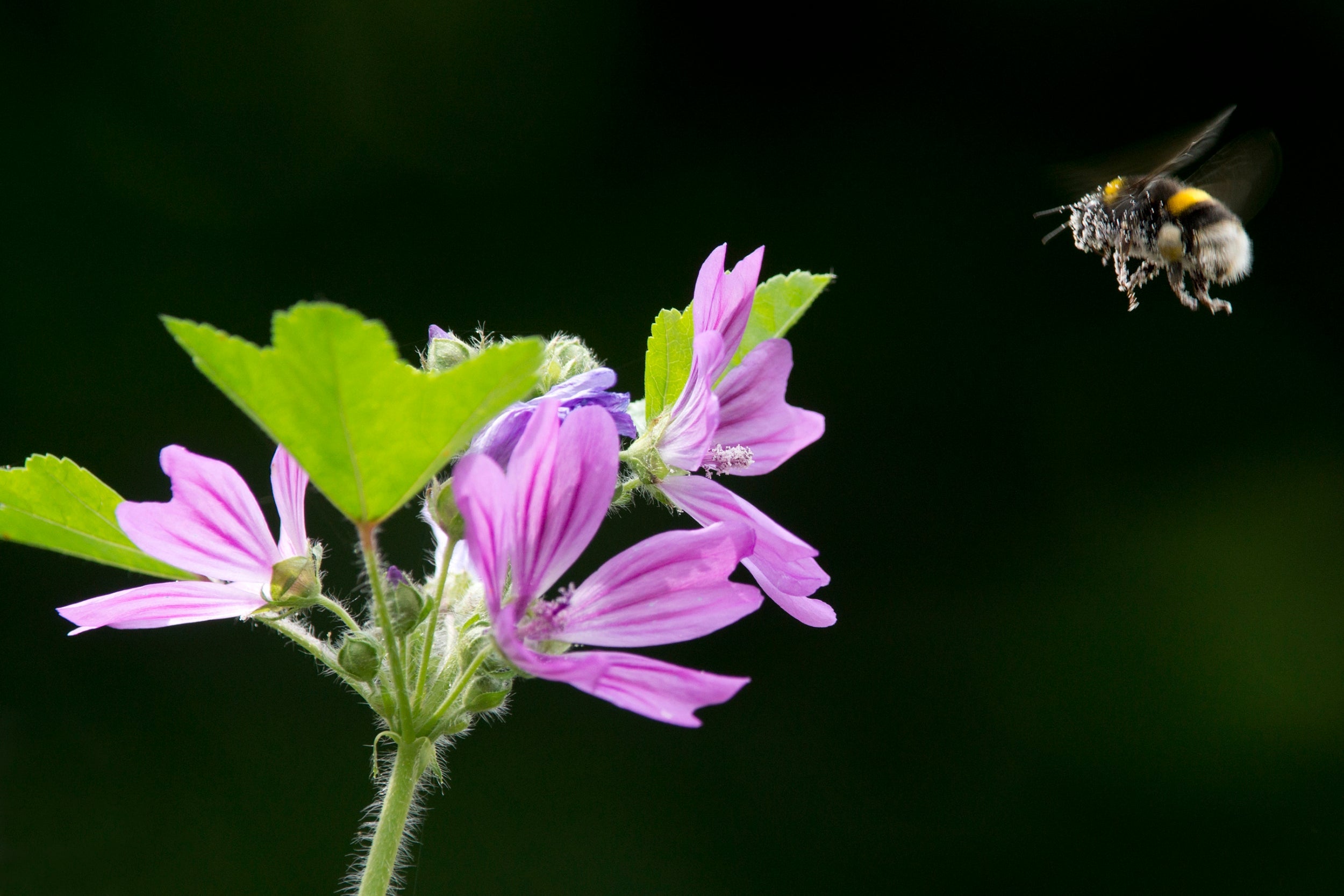
How bees manage to navigate nature’s obstacle course
If you’re a bee, a breeze-ruffled garden can be a minefield. For a small creature with delicate wings, airborne seeds, shifting leaves and lurching flowers are basically projectiles, trap doors and Godzilla-tipped skyscrapers.
It’s a situation honeybees deal with daily as they gather nectar and pollen.
Although researchers have looked into how bees navigate on blustery days, or through tight spaces, “no one has really pieced together how they move through moving obstacles in wind,” said Nicholas Burnett, a postdoctoral researcher at the University of California, Davis.
In a study published in the Journal of Experimental Biology, Burnett and colleagues addressed this gap – and found that when the going is tough, honeybees appear to high-tail it and hope for the best.
For the study, the researchers built a bee obstacle course. When confronted with moving rods in still air, the honeybees flew more slowly than when they encountered stationary obstacles.
But when the wind kicked up, they would actually speed up by about 50 per cent when the rods were moving compared with when they were still.
Cara Giaimo
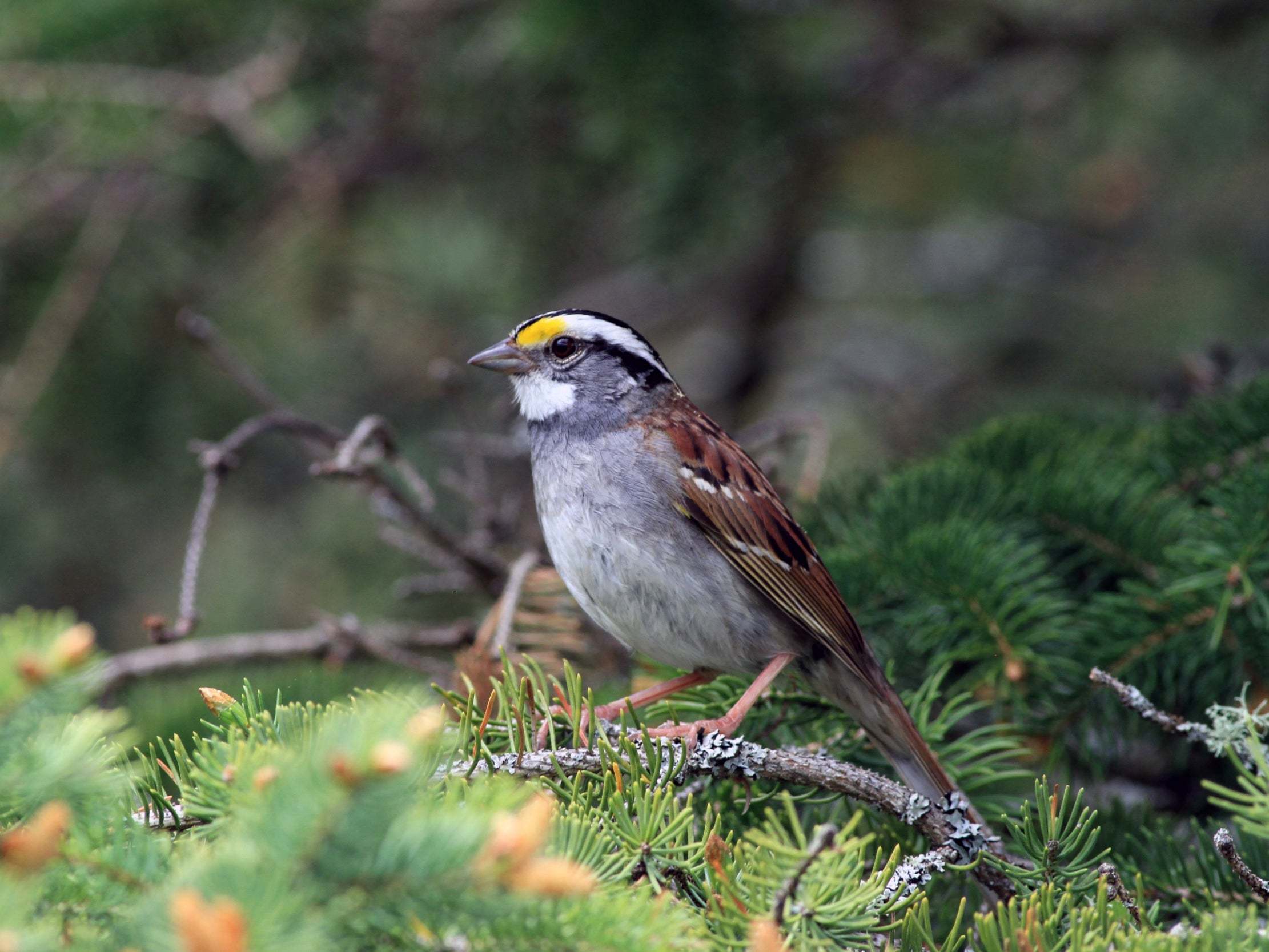
Canada’s sparrows change their tune
Even if you’re not a bird person, you probably know the jaunty song of the white-throated sparrow. It plays on loop in boreal forests, a classic as familiar as the chickadee’s trill and the mourning dove’s dirge.
It even has its own mnemonic, “Old Sam Peabody-Peabody-Peabody.”
But over the past half-century, the song’s hook – its triplet ending – has changed, replaced by a new, doublet-ended variant, according to a new paper published in Current Biology. It seems the sparrows want to sing something new.
The study, which took 20 years, is “the first to track the cultural evolution of birdsong at the continental scale,” said Mason Youngblood, a doctoral candidate in animal behaviour at the CUNY Graduate Centre who was not involved in the research. It describes a much broader and more rapid shift in birdsong than was previously thought to occur.
Scott Ramsay, a behavioural ecologist at Wilfrid Laurier University in Ontario, was the first to notice that the forest sounded a little off during a visit to western Canada with Ken Otter, a professor at the University of Northern British Columbia.
“He said, ‘Your birds are singing something weird,’” Otter recalled.
Otter recorded some white-throated sparrow songs and turned them into spectrograms – visualisations that lay birdsongs out, so they can be more easily compared. The classic “Old Sam, Peabody-Peabody-Peabody” songs ended in a triplet pattern: repeated sets of three notes. The new songs ended in doublets, like the record got stuck: “Old Sam, Peabuh-Peabuh-Peabuh-Peabuh.”
It was “a different kind of syncopation pattern,” Otter said.
By tracking the western Canadian birds with geolocators, they found that some of them spend their winters in the southern US, where they overlap with birds from other places. They’re probably sharing the song there.
The possibility that the birds are swapping songs on their wintering grounds “really opens up how we think of song learning,” said Dana Moseley, an ecologist at James Madison University in Virginia who was not involved in the study.
What’s happening with the sparrows is “kind of like an Australian person coming to New York, and all the New Yorkers start suddenly deciding to adopt an Australian accent,” Otter said.
It’s unclear why the doublets are so popular. Otter and his colleagues think it has to do with the female sparrows, who may enjoy a little novelty.
Donald Kroodsma, a birdsong expert who was not involved in the study, agreed, pointing to previous work showing that certain populations of chestnut-sided warblers shuffle rapidly through songs that have to do with mating, while keeping fight songs mostly the same. “The speculations by the authors are appropriate, it would seem,” said Kroodsma. “But only the birds know.”
Cara Giaimo
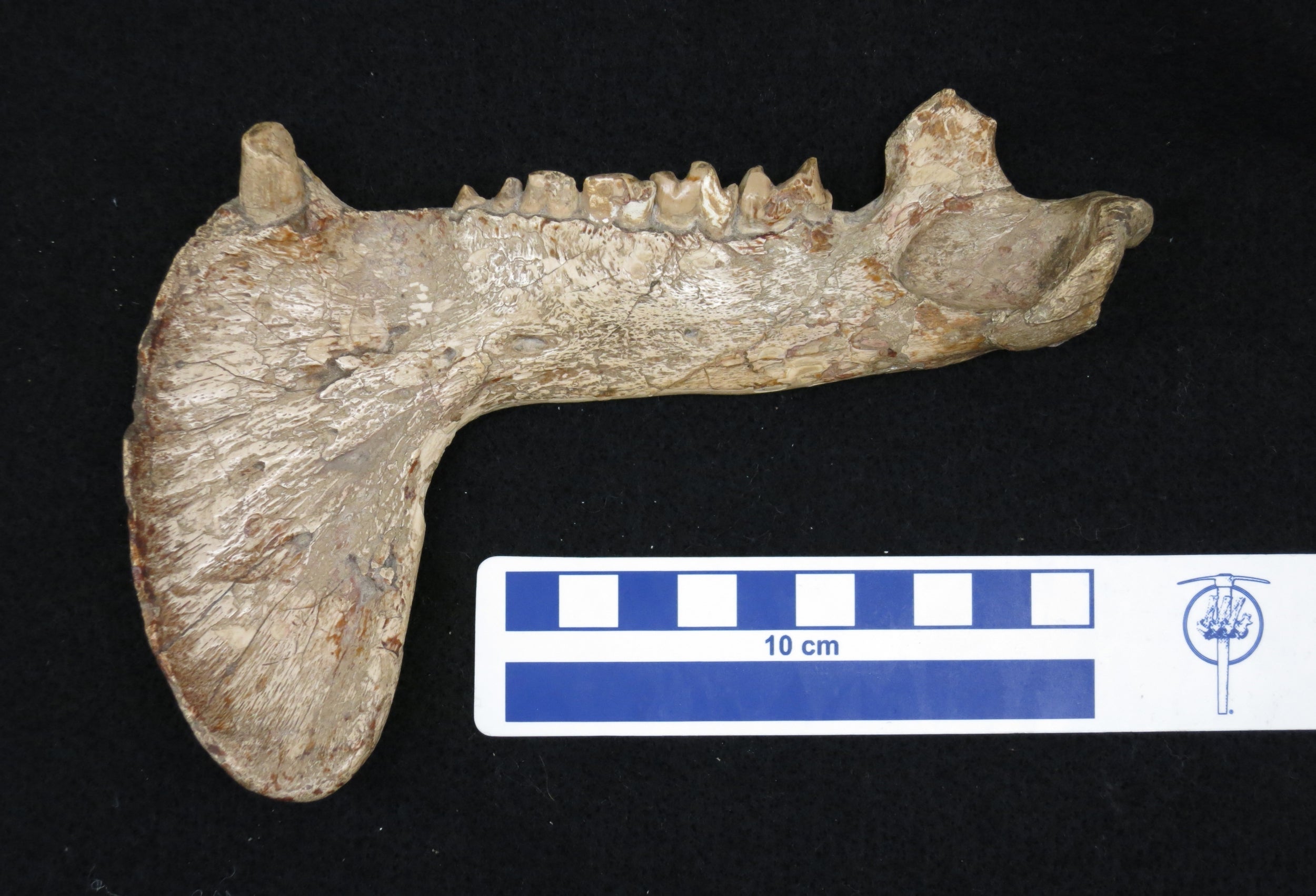
Not a sabre-tooth cat, just a sabre-rattler
With swordlike canines, the Smilodon fatalis sabre-tooth cat is thought to have waited in silence before lunging and slashing the throats of animals it preyed upon. But palaeontologists long believed that this super-ambush predator was not alone in its mode of operations, pointing to a marsupial known as Thylacosmilus that also had long blades projecting from its mouth.
“Those big canines had everyone mesmerised, nobody seemed to notice that they were actually shaped like claws rather than blades. We almost named the paper Blinded by the Tooth,” said Christine Janis of the University of Bristol in England. These differences raised questions and led her to collaborate with other researchers to conduct a detailed analysis of the ancient marsupial.
When Thylacosmilus was discovered in Argentina in 1926, palaeontologists noticed that instead of having its teeth fully exposed outside its mouth like Smilodon, it had flanges formed from its lower jaw. After simulations of skull and tooth performance were run, the researchers found that the marsupial’s skull was weaker than that of Smilodon and not robust enough to support a sabre-tooth-style stabbing bite.
Instead, Janis reported in the journal PeerJ that the simulations suggested Thylacosmilus was excellent at making the strong pulling actions that are used by scavengers, like hyenas, to rip carcasses apart.
Matt Kaplan
© The New York Times
Join our commenting forum
Join thought-provoking conversations, follow other Independent readers and see their replies
Comments
Bookmark popover
Removed from bookmarks